



Kerala, facing a sharp rise in human-wildlife conflicts that caused over 900 deaths and 9,000 injuries in the past decade, has amended the Wildlife (Protection) Act, 1972, to allow faster action, including culling and relocation of problem animals. While the move aims to protect human lives and livelihoods, it raises ecological and legal concerns about undermining national wildlife policies and biodiversity. A balanced, science-based approach integrating community participation, non-lethal conflict mitigation, and Centre–State coordination is essential to ensure both human safety and conservation goals are met sustainably.
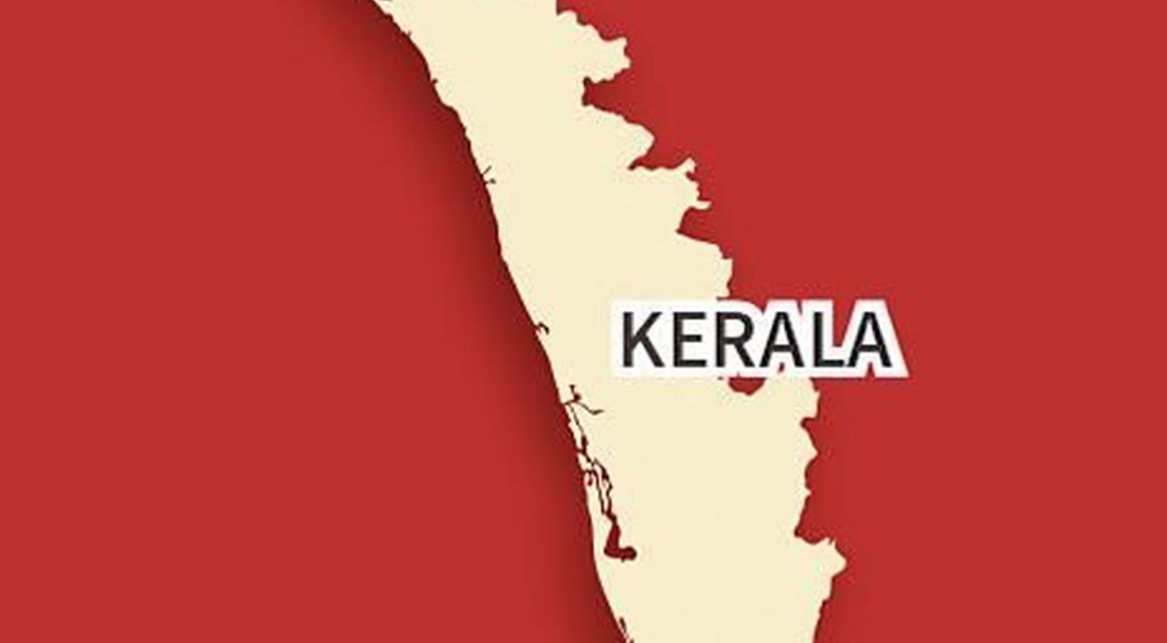
Copyright infringement not intended
Picture Courtesy: The Hindu
Kerala, one of India’s most literate and environmentally aware states, is known for its strong local governance and biodiversity-rich ecosystems such as the Western Ghats and Silent Valley. With 64.26% of its land under forest and tree cover, the State has made significant strides in wildlife conservation, as reflected in its growing tiger and elephant populations.
Balancing human lives and wildlife conservation is essential because both are interdependent parts of a sustainable ecosystem and society.
To address this crisis, the Kerala Cabinet approved amendments to the Wildlife (Protection) Act, 1972.
Key provisions include:
These measures aim to balance human safety with wildlife conservation through faster decision-making.
|
Challenge |
Details & Data |
Source |
|
High casualty & conflict rates making radical changes risky |
Between 2020-2024, Kerala reported 460 deaths and 4,527 injuries from human-wildlife conflict. Elephants contributed significantly to the death toll. Critics argue that in the midst of such high conflict, decisions to allow immediate killing or reduced protection could worsen ecology and invite misuse. |
(The Indian Express) |
|
Heavy compensation burden and insufficient benefits |
Over the past six years, Kerala has spent ₹ 79.14 crore to compensate damage from human‐wildlife conflict. Of this, only about ₹ 26.44 crore was for deaths, with many payouts (crop damage / property loss) being quite low (₹1,000-₹7,000). Some farmers feel compensation is inadequate and delayed. |
(The Times of India) |
|
Declining wildlife populations contradicting overpopulation claims |
Data (though contested) suggest elephant numbers have dropped: e.g., in some reports, elephant population in Kerala fell from ~5,706 in 2017 to ~2,386 in 2023. This undermines argument that certain species are overly numerous and need culling. |
(Reddit) |
|
Risk of legal conflicts and central law override |
Wildlife (Protection) Act, 1972 is a Concurrent List subject. Amendments that allow state governments to bypass central approvals (for example, killing wildlife or declaring species vermin) may conflict with central legislation and precedents, possibly inviting judicial review. Critics highlight that such decentralization could weaken unified conservation norms. |
|
|
Ethical, scientific, and ecological concerns |
Proposals like declaring boars as vermin, reducing protection status of bonnet macaque, or allowing immediate killing without thorough study risk ecological imbalance. There’s concern about decisions being made without sufficient scientific data or long-term monitoring. |
|
|
Disparity in compensation and incentives |
While deaths and injuries are severe, the rewards (legal/institutional) for local bodies or individuals to act are low. Farmers and affected individuals complain that compensation for deaths (~₹ 5.53 lakh) is much lower compared to other states (₹ 20 lakh in some). Low crop‐loss payments further reduce motivation to follow legal protocols. |
(The Times of India) |
|
Potential misuse of powers and overreach |
Granting more powers (e.g. immediate kill orders, declaring species vermin) to state‐level authorities without robust oversight risks misuse or arbitrary action. Local bodies might make decisions in haste, without consultation, scientific backing, or proper checks. |
(Reddit) |
Source: The Hindu
|
Practice Question Q. “Kerala’s amendments to wildlife protection laws reflect the growing tension between conservation and community safety.” Discuss. (250 words) |
Kerala witnessed a sharp rise in human-wildlife conflicts, leading to over 900 deaths and 9,000 injuries in the past decade, particularly due to elephants and wild boars. The amendments aim to provide faster response powers to tackle such emergencies
Critics argue it bypasses central approval and may violate the national wildlife framework, leading to ecological imbalances and misuse of powers. Environmentalists fear it could undermine species protection achieved under the central Wildlife (Protection) Act.
Between 2020 and 2024, Kerala recorded over 460 deaths, 1,200 major injuries, and ₹79 crore in compensation due to human-wildlife encounters. The most affected districts include Wayanad, Idukki, and Palakkad.
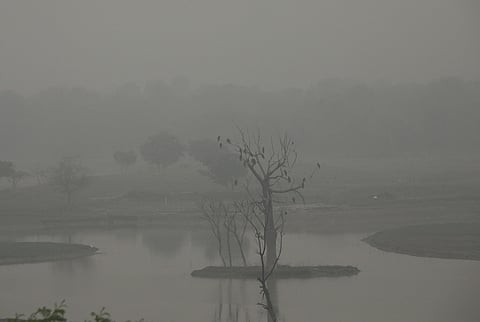


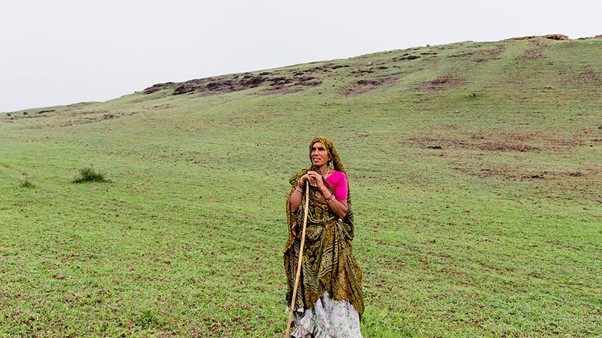
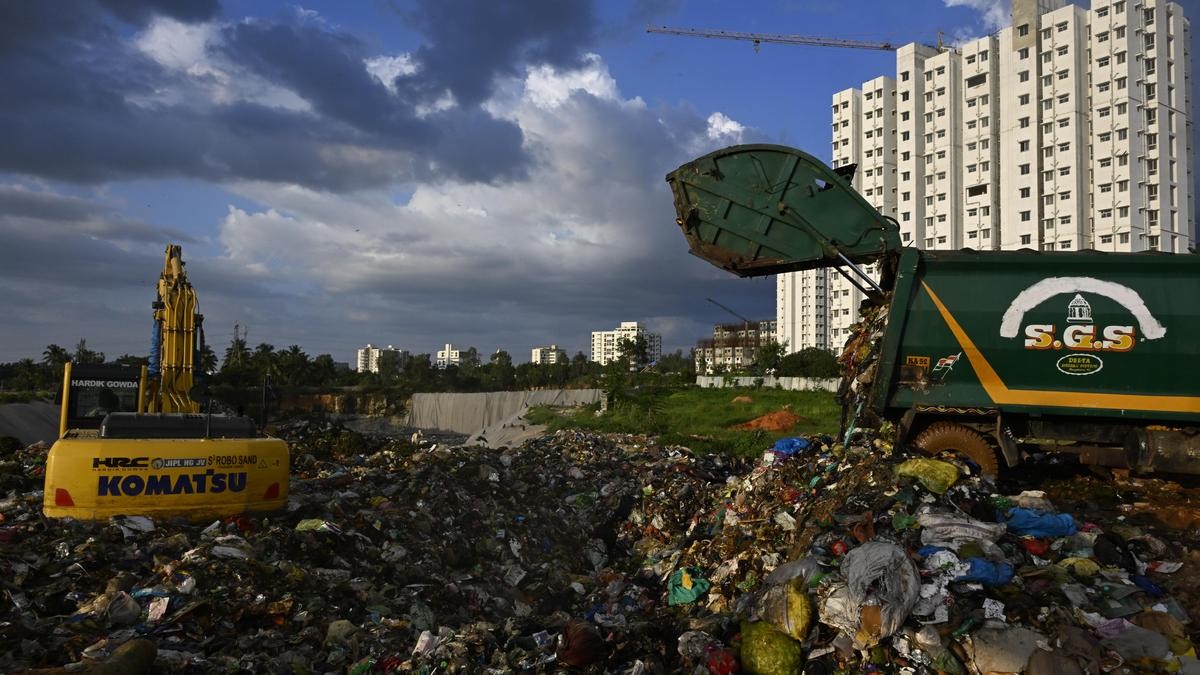
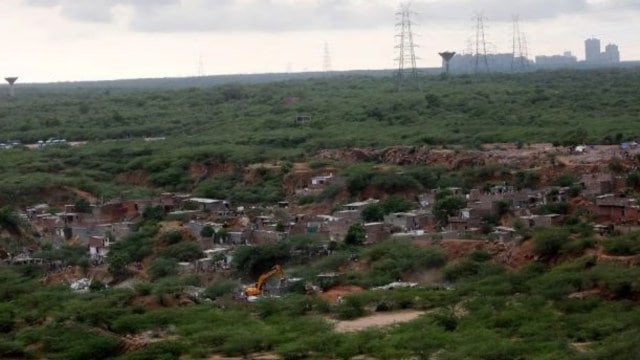

© 2025 iasgyan. All right reserved